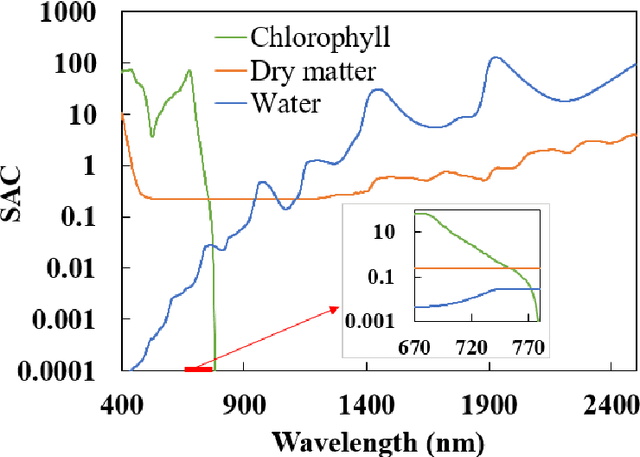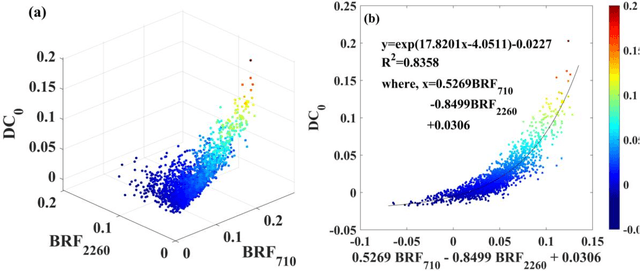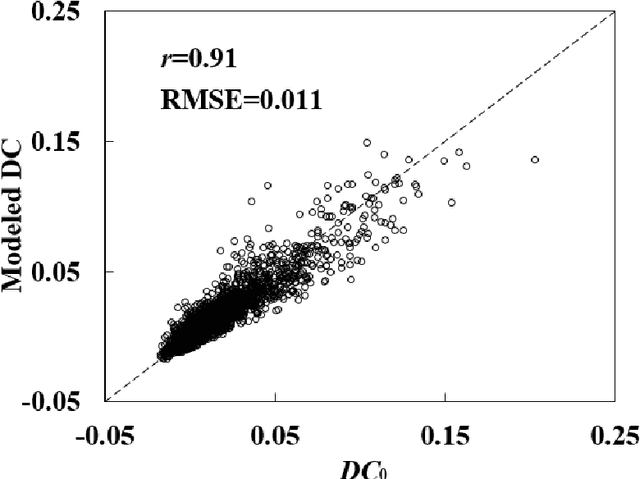Yelu Zeng
College of Land Science and Technology, China Agricultural University
WHU-STree: A Multi-modal Benchmark Dataset for Street Tree Inventory
Sep 16, 2025Abstract:Street trees are vital to urban livability, providing ecological and social benefits. Establishing a detailed, accurate, and dynamically updated street tree inventory has become essential for optimizing these multifunctional assets within space-constrained urban environments. Given that traditional field surveys are time-consuming and labor-intensive, automated surveys utilizing Mobile Mapping Systems (MMS) offer a more efficient solution. However, existing MMS-acquired tree datasets are limited by small-scale scene, limited annotation, or single modality, restricting their utility for comprehensive analysis. To address these limitations, we introduce WHU-STree, a cross-city, richly annotated, and multi-modal urban street tree dataset. Collected across two distinct cities, WHU-STree integrates synchronized point clouds and high-resolution images, encompassing 21,007 annotated tree instances across 50 species and 2 morphological parameters. Leveraging the unique characteristics, WHU-STree concurrently supports over 10 tasks related to street tree inventory. We benchmark representative baselines for two key tasks--tree species classification and individual tree segmentation. Extensive experiments and in-depth analysis demonstrate the significant potential of multi-modal data fusion and underscore cross-domain applicability as a critical prerequisite for practical algorithm deployment. In particular, we identify key challenges and outline potential future works for fully exploiting WHU-STree, encompassing multi-modal fusion, multi-task collaboration, cross-domain generalization, spatial pattern learning, and Multi-modal Large Language Model for street tree asset management. The WHU-STree dataset is accessible at: https://github.com/WHU-USI3DV/WHU-STree.
Improving the estimation of directional area scattering factor (DASF) from canopy reflectance: theoretical basis and validation
Apr 28, 2022



Abstract:Directional area scattering factor (DASF) is a critical canopy structural parameter for vegetation monitoring. It provides an efficient tool for decoupling of canopy structure and leaf optics from canopy reflectance. Current standard approach to estimate DASF from canopy bidirectional reflectance factor (BRF) is based on the assumption that in the weakly absorbing 710 to 790 nm spectral interval, leaf scattering does not change much with the concentration of dry matter and thus its variation can be neglected. This results in biased estimates of DASF and consequently leads to uncertainty in DASF-related applications. This study proposes a new approach to account for variations in concentrations of this biochemical constituent, which additionally uses the canopy BRF at 2260 nm. In silico analysis of the proposed approach suggests significant increase in accuracy over the standard technique by a relative root mean square error (rRMSE) of 49% and 34% for one- and three dimensional scenes, respectively. When compared with indoor multi-angular hyperspectral measurements reported in literature, the mean absolute error has reduced by 68% for needle leaf and 20% for broadleaf canopies. Thus, the proposed DASF estimation approach outperforms the current one and can be used more reliably in DASF-related applications, such as vegetation monitoring of functional traits, dynamics, and radiation budget.
 Add to Chrome
Add to Chrome Add to Firefox
Add to Firefox Add to Edge
Add to Edge